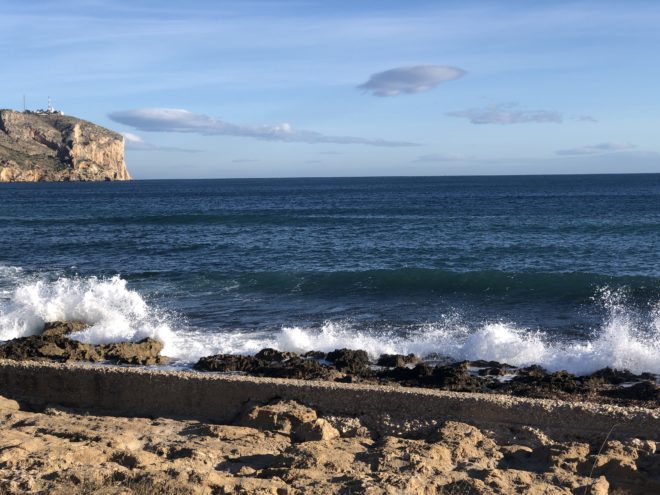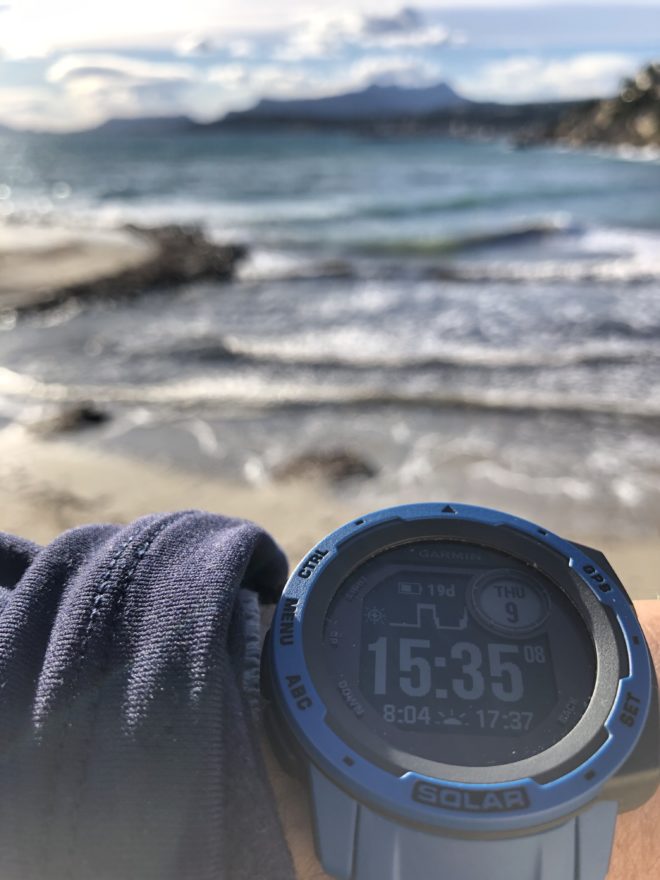Month: December 2021
-
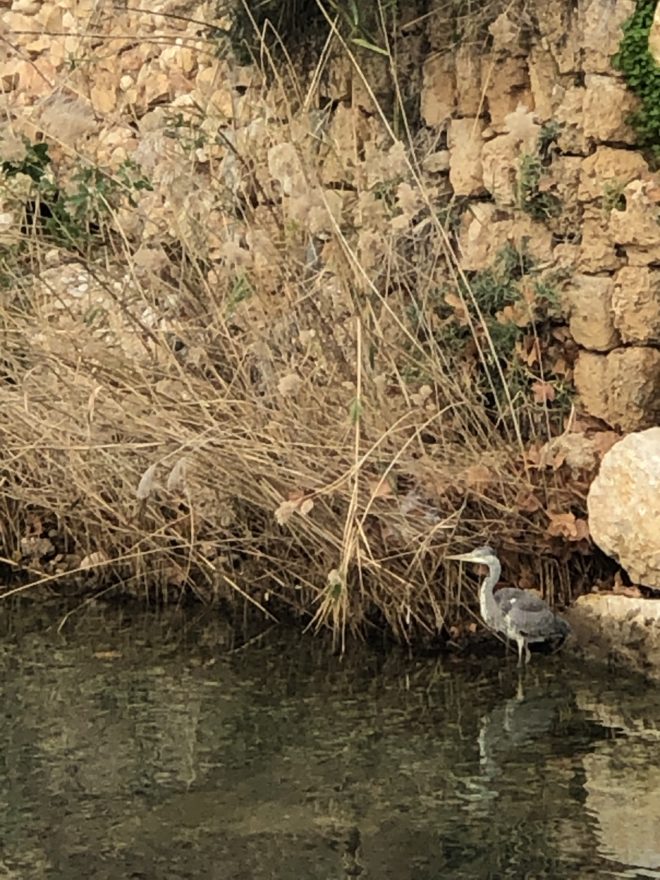
-
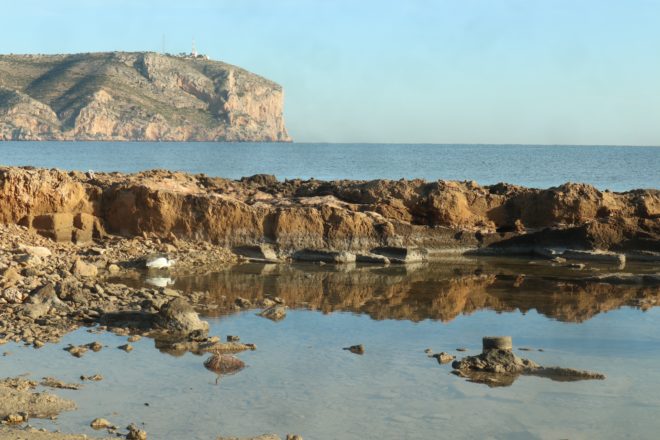
-
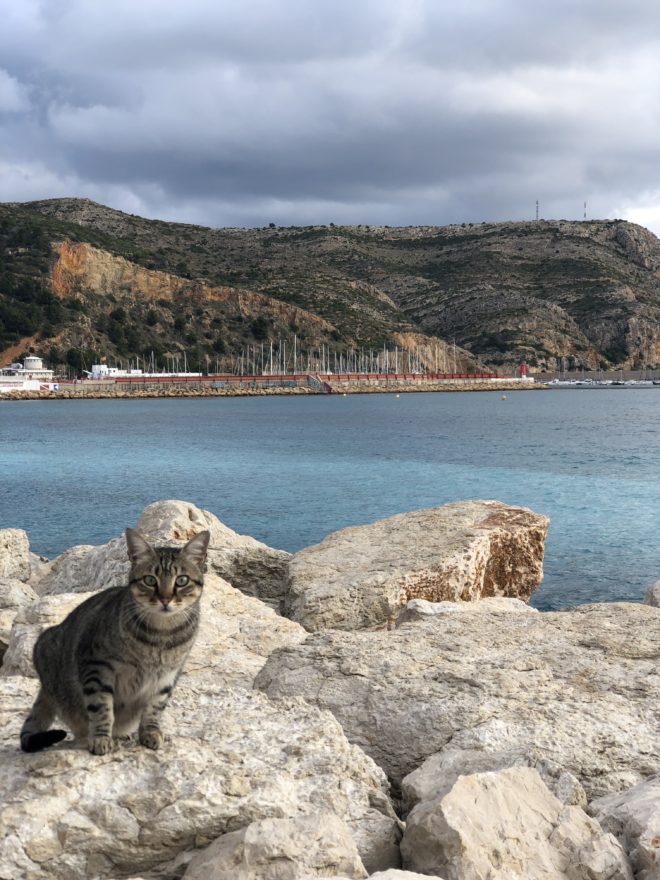
Learning About Canvas And SVGs
Reading Time: < 1 minuteOther the last week I have been learning about canvas and SVGs. I am not certain that I will use this knowledge immediately but it is good to learn nonetheless. I struggled with some code when setting up a clock. I went back through the code line by line two or…
-
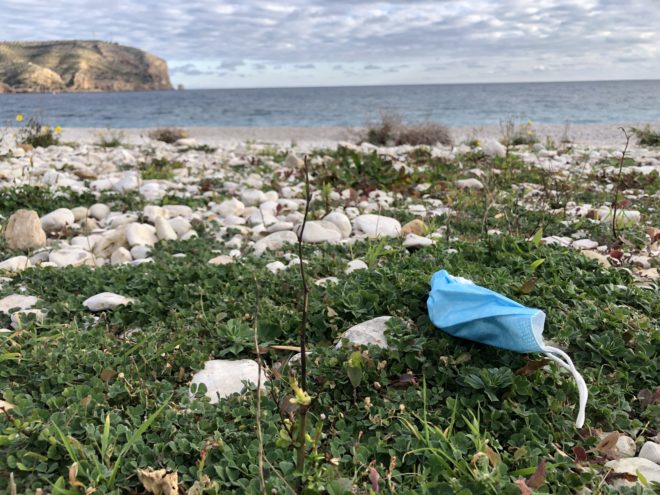
Seeing the Pandemic As A Journey
Reading Time: 3 minutesLast night I was reading and began seeing the pandemic as a journey. The pandemic has been a journey for everyone, but especially for those in solitude. For those of us in solitude, it has required that we completely change how we consume the media and how we interact with the world.…
-
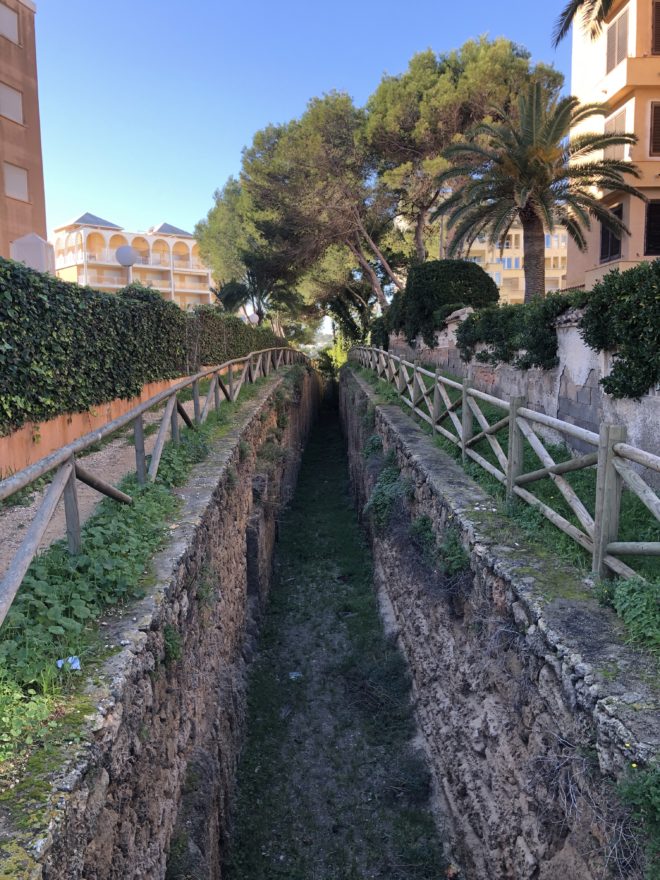
Pandemic as Journey
Reading Time: < 1 minuteAlthough not discussed as such the pandemic is an interior journey in the same manner as thru hikes as they are called in the US and pilgrimages in Europe. We start with one identity and one life and we have to adapt it to suit the things that can be realised…
-
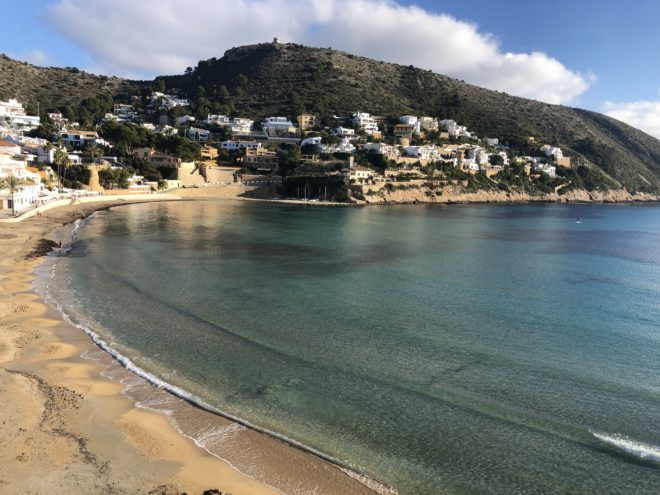
The Evergreen Pandemic
Reading Time: < 1 minuteWe are currently living through the evergreen pandemic. I give it this name because the more time passes the more we remain trapped in it. Every time progress is made restrictions are loosened and we revert to the way things were. I don’t feel there is anything new to write today.…
-
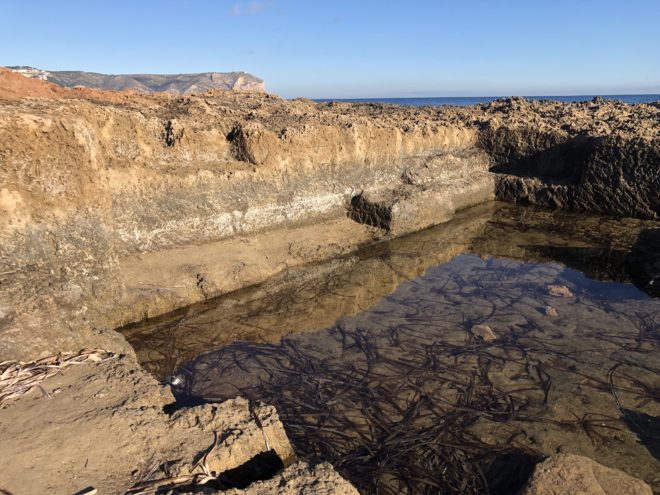
Roman Fish Salting in the Mediterranean
Reading Time: 3 minutesFor years I heard about Roman pisciculture baths near the sea in Spain and I thought that this is where they would keep fish for eating, like they did in medieval Europe. That idea is wrong. The pisciculture that you have near Javea, Cadiz, and other parts of the Mediterranean coast were…
-
One Hundred And Eighty Days In a Row
Reading Time: < 1 minuteWriting one hundred and eighty blog posts in a row is a challenge. I would say that I have learned something but I haven’t. Some days inspiration comes easily and other days I struggle to find something to write. We are in a pandemic and most days resemble the one before…
-
